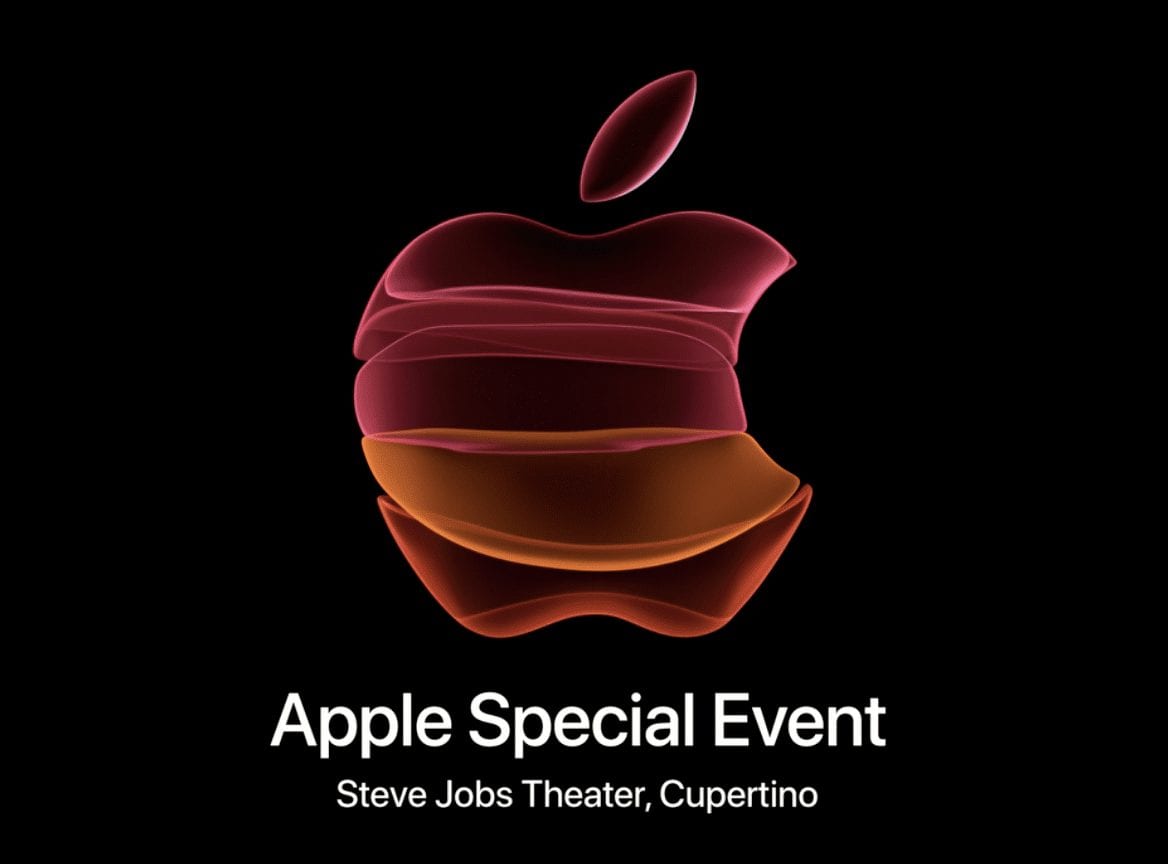
The September 10, 2019 Apple Event is now history, but Apple fans worldwide should be excited about the products that were announced at the event. While no groundbreaking new products or services were announced, the next generation of Apple Watch, iPad, and iPhone models were highlighted along with details on the many special features of each product. Let’s take a look at the announcements and what each means to users of Apple devices.
What Wasn’t Announced
Did you read our preview article last week? Several things I thought were “slam-dunks” to be announced at the event didn’t make it. The most notable omission was any reference to the Mac lineup. I’m speculating that Apple’s desktop and laptop devices will be highlighted in a separate event in October. That gives the company plenty of time to build up excitement for new Macs prior to the important holiday buying season, with the very expensive Mac Pro and Pro Display XDR finally making it into the hands of consumers.
I’m personally waiting for the announcement of the long-rumored 16-inch MacBook Pro, but I’d be even happier with a new and totally redesigned iMac.
The iPad Pro was also ignored during this event, so perhaps it may also see an update in October. The release dates for the next generation operating systems are finally beginning to become clearer. iOS 13 arrives on September 19, watchOS 6 debuts on September 19 as well (except for versions for the Apple Watch Series 1 and Series 2, which should arrive later), and iPadOS 13 becomes available on September 30. macOS Catalina is now scheduled for “October” — which also points to a Mac-centric event during that month — and tvOS 13 should also drop on September 19.
iOS 13.1 also shows up on September 30; it’s basically re-adding some items that were not considered complete enough to make it into the first release of iOS 13.
And finally, remember my second preview article about Apple Tags? They weren’t announced, either. They will most likely require iOS 13.1, so perhaps Apple will surprise us on September 30 with a Tag announcement.
iPhone 11: Apple’s Newest Entry-Level Smartphone
As expected, the iPhone 11 is Apple’s newest entry-level smartphone. Starting at $699, the phone brings incredible power and a dual-camera design. With a trade-in, customers can get the phone starting as low as $399.
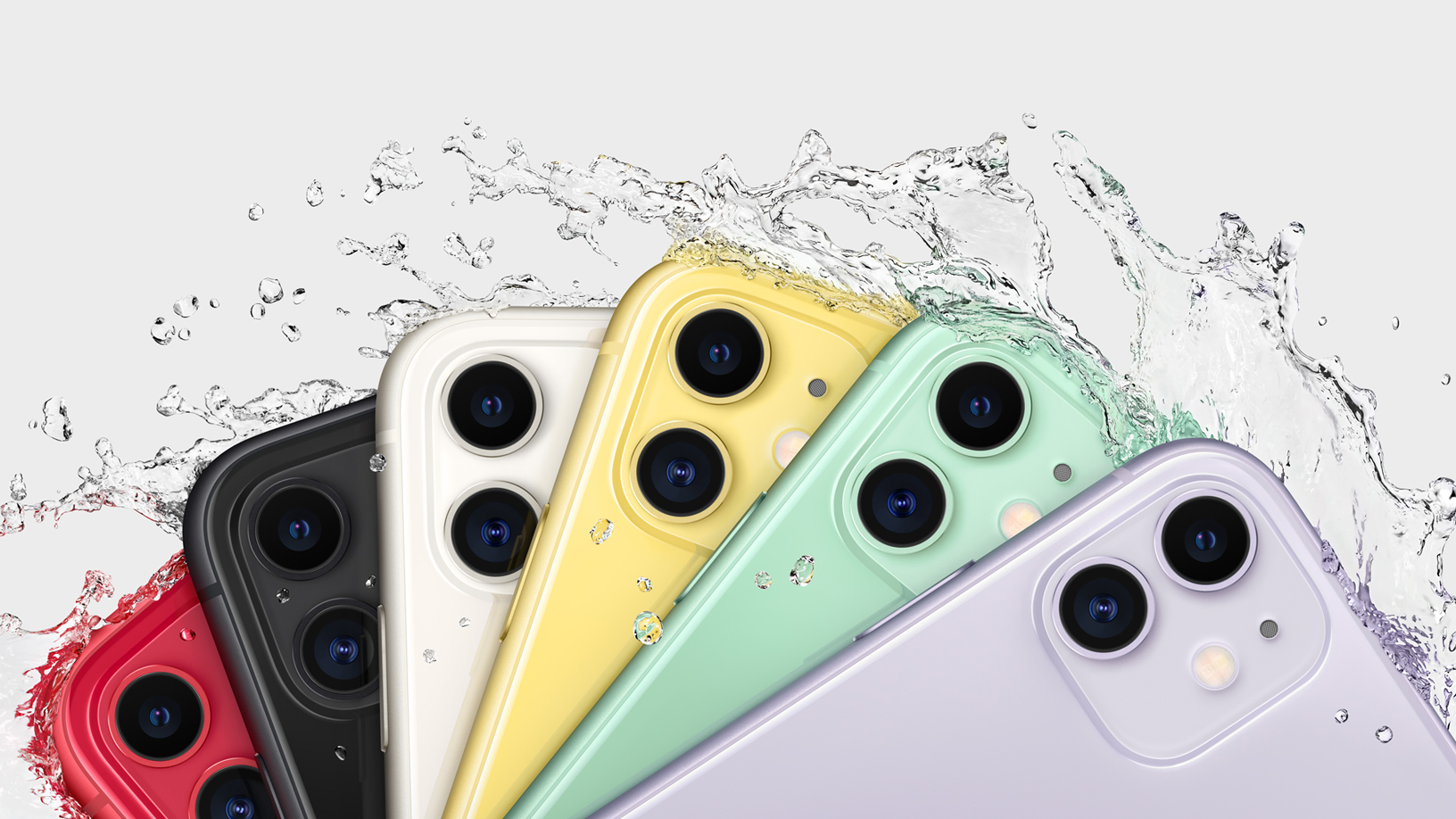
The iPhone 11 comes in a rainbow of colors, including PRODUCT(RED), black, white, yellow, green, and purple. Those last three colors are light pastels and are quite attractive.
As expected, the latest chip in Apple’s homegrown A series powers the iPhone 11. The A13 Bionic is up to 20 percent faster in both CPU and GPU functions tha the
The 6.1-inch Liquid Retina looks gorgeous and features Haptic Touch – the replacement for 3D Touch.
For the first time, the “low-end” of an iPhone line features dual cameras: Wide and Ultra Wide. With the new cameras (both still at 12 megapixels), a new Camera app interface, and new editing tools in the Photo app, the photographic capabilities of the iPhone 11 are impressive. There’s a new Night mode that drastically improves photos taken in low-light conditions, and the dual-camera setup enables Portrait mode photos that — for the first time – can include pets.

Apple coined a new term while demonstrating one of the new camera features – “
Later this fall Apple will release a new feature for the iPhone 11 series called Deep Fusion, which is essentially a very intelligent High Dynamic Range photography method using fusing nine photos taken at different exposures.
Apple also notes that there’s a new U1 chip inside the iPhone 11, which uses Ultra-Wideband technology for spatial awareness – that sounds like something that an Apple Tag might need. Face ID is now faster and can identify a user from a variety of distances and angles, there’s spatial audio for immersive surround sound, and the iPhone 11 supports Dolby Atmos. Finally, the iPhone 11 supports gigabit-class LTE and Wi-Fi
You can order an iPhone 11 starting at 5 AM PDT (8 AM EDT) this Friday, September 13.
What It Means
The “low-end” iPhone Xr was the most popular iPhone in 2019. With the addition of features that surpass even the iPhone Xs, the iPhone 11 is sure to be a success for Apple.
iPhone 11 Pro and iPhone 11 Pro Max: The First Pro Smartphones
If the iPhone 11 impressed you, just wait. The iPhone 11 Pro (5.8-inch) and iPhone 11 Pro Max (6.5-inch) screens are referred to as “Super Retina XDR” displays and are all-screen OLED multi-touch displays at 2,436 by 1,125 (Pro) and 2,668 by 1,242 (Pro Max) pixel resolution at 458 pixels per inch. The contrast ratio of this display is an incredible 2,000,000 to 1, and in HDR the screens can be as bright as 1,200 nits. The display technology used is the same that will eventually arrive in Apple’s Pro Display XDR.
The chip is the same A13 Bionic used in the iPhone 11, but it’s the camera module that is completely new. It features three 12MP cameras, one optimized for Ultra Wide (f/2.4, 120° field of view) angle photography, another for Wide angle photos (f/1.8), and the third is a Telephoto lens with a fast f/2.0 aperture. This gives the iPhone 11 Pro models a 4X optical zoom capability, all controllable with swipes and taps from the Camera app.
The Pro devices use surgical grade stainless steel around the sides, and are backed with a matte textured glass. Colors include an all-new Midnight Green, Space Gray, Silver, and a new Gold.
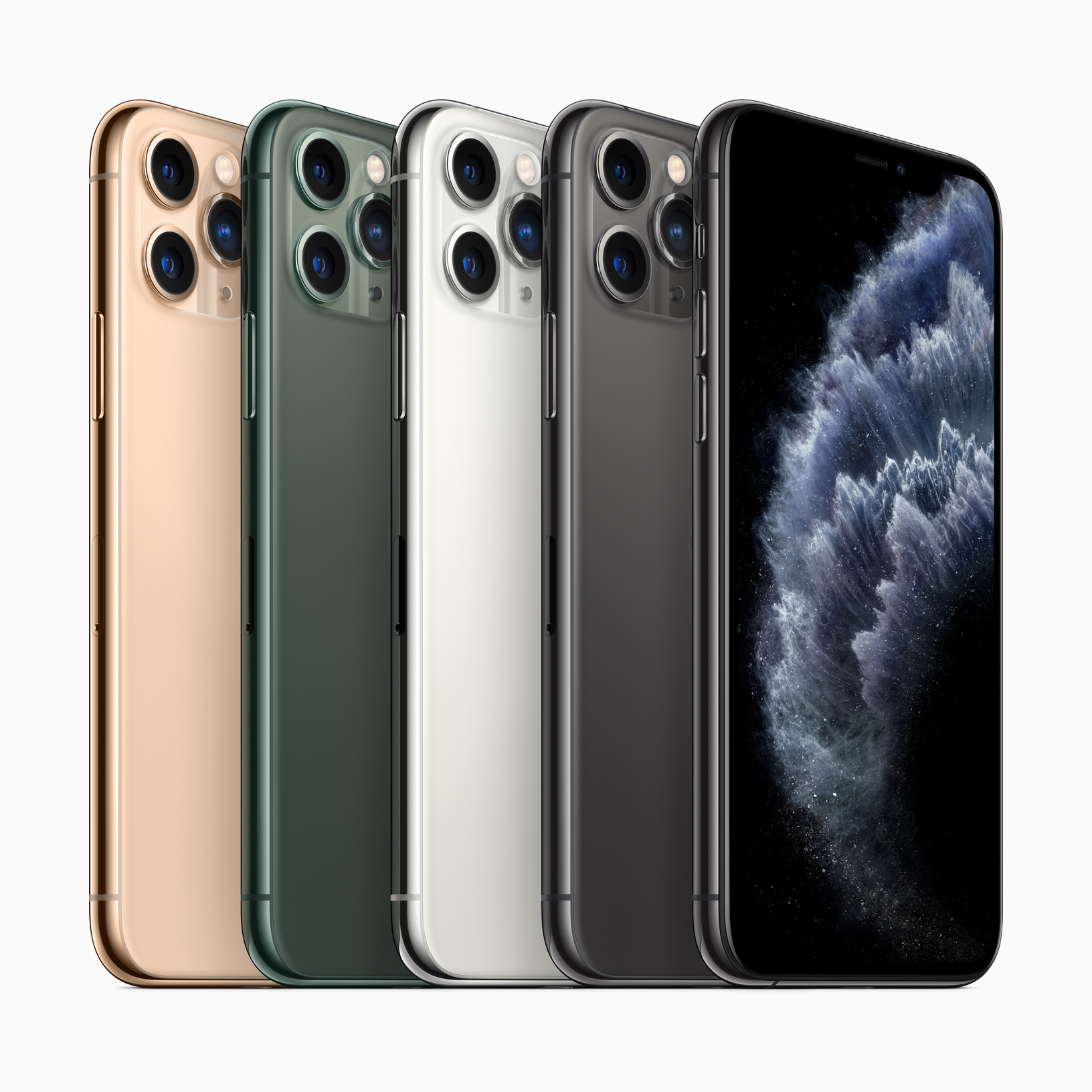
While the new cameras are sure to turn even more photographers away from DSLRs and mirrorless cameras, it’s the video capabilities of the 11 Pro and Pro Max that really shine. Users can zoom between any of the three cameras without loss of image quality, and a new Audio Zoom feature matches the audio to the video framing. The Photos app in iOS 13 adds a host of new video editing tools for rotating, cropping, changing exposure or adding filters to videos.
All of the iPhone 11 models have a new QuickTake mode that enables recording video from Photo mode by simply holding the shutter button. When shooting videos, users can choose to capture at 4K / 60 fps with extended dynamic range and cinematic video stabilization.

During the event, Apple invited Christopher Cohen (CTO of Filmic) and filmmaker Sean Baker to show how a documentary (“Tangerine”) was filmed with a new version of Filmic Pro to be released this fall. They were able to use a new Multicam feature in the app to shoot multiple “takes” at one time using the three rear cameras and the single front camera. Expect to see a lot more films shot with iPhone…
If you liked the battery life on your iPhone Xs, the iPhone 11 Pro will offer four more hours of battery life per day than the Xs. Xs Max owners? You’ll get five more hours of battery life than the iPhone Xs Max.
The iPhone 11 Pro (starting at $999) and iPhone 11 Pro Max (starting at $1,099) will be ready for pre-order at 5 AM PDT this Friday with availability on September 20. For those who are currently using the iPhone Upgrade Program, monthly payments for the iPhone 11 Pro begin at just $49.91.
What It Means
Apple senior Vice President of Worldwide Marketing Phil Schiller described the reasoning behind the “Pro” models in one sentence: “They are packed with sophisticated technology that pros can count on to get their work done, and for anyone who wants the very best device made, even if they are not a pro.”
Apple Watch Series 5
With the latest iteration of the Apple Watch announced today, the company addressed one of the biggest requests from users by adding an Always-On Retina display that never sleeps. The Apple Watch Series 5 (starting at $399 for GPS only, $499 for GPS + Cellular) brings a lot of new capabilities beside the always-on display.
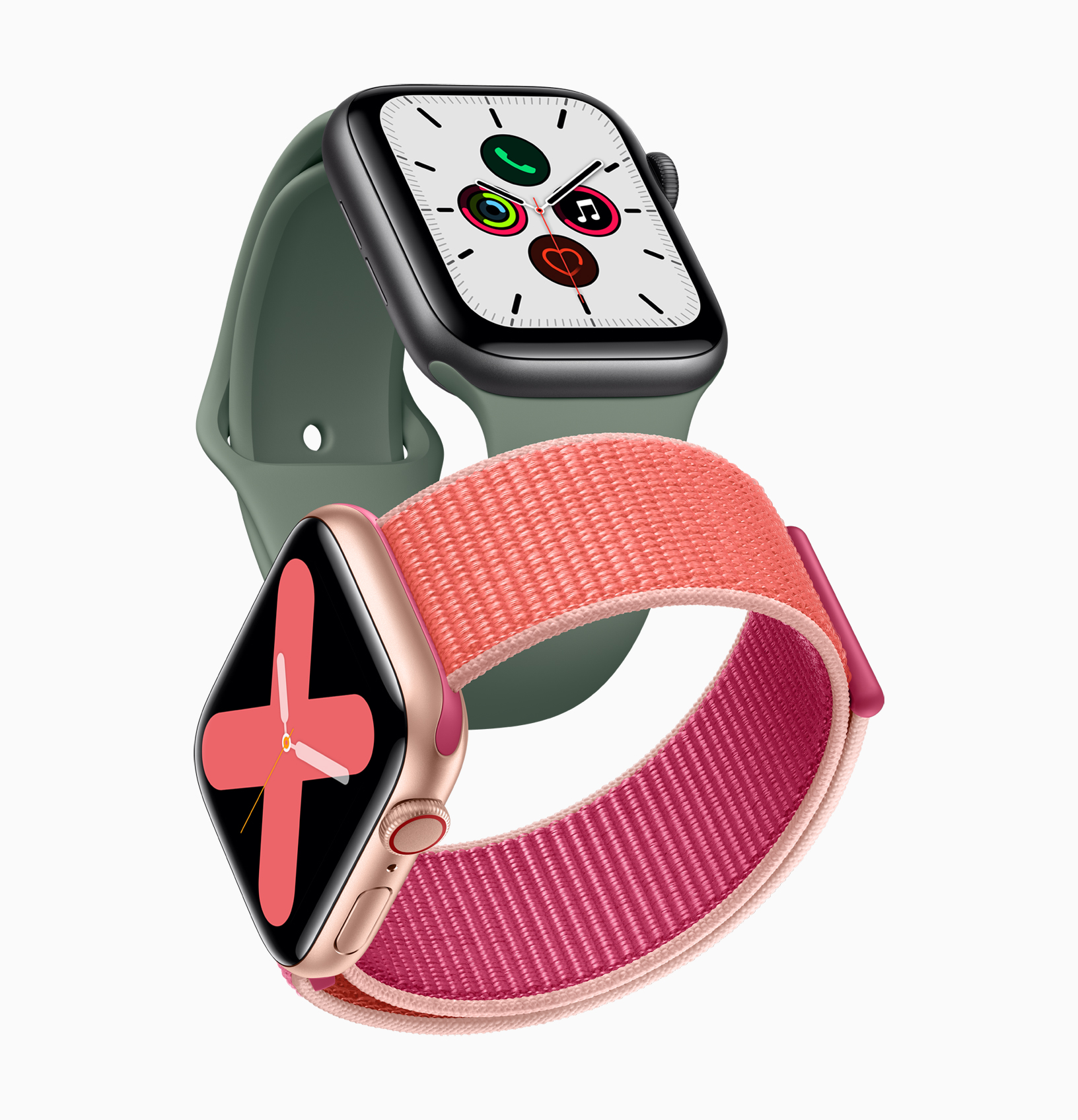
Apple’s expertise in material science is apparent, with the new model being available with cases made from aluminum, stainless steel, ceramic, and titanium. To make the always-on display possible, Apple is using what’s called a low-temperature polysilicone and oxide (LTPO) display. Battery life is expected to be about 18-hours.
For those who love to hike or bike, some new features of the Apple Watch Series 5 are going to give you even more reason to wear the Watch and leave the iPhone at home. First, there’s a new built-in compass and an updated Maps app. The two work in concert to let you see which way you’re facing. A new Compass app lets you see your heading, incline, latitude, longitude, and current elevation, and there are three new complications to let you see that data at a glance.
Another new feature is International Emergency Calling. Even if you don’t have a cellular plan in a foreign country, you can complete international calls to emergency services. This feature also works with fall detection, so if you take a fall and remain motionless for about a minute, the Apple Watch makes the call for you.
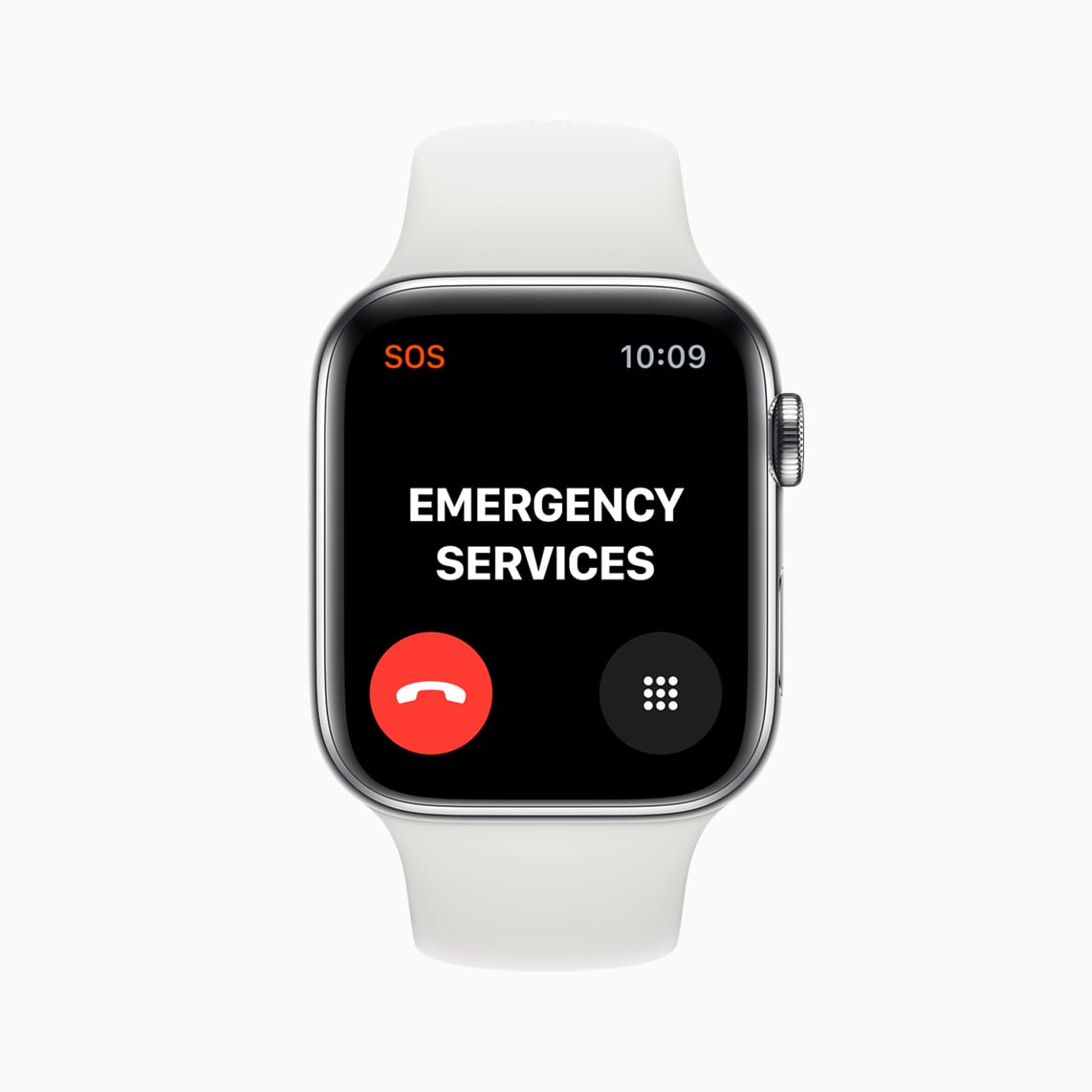
Coupled with the new features that arrive in watchOS 6, the Apple Watch Series 5 is even more helpful in keeping you healthy. A new Noise app measures ambient sound levels and tell you how your hearing is being affected, and a new Activity Trends feature on iPhone shows Watch users how they are progressing in their fitness quest.
Apple Watch customers can now customize a watch at the Apple Watch Studio at the company’s retail stores, picking their preferred band and case before buying.
Apple also announced that the Apple Watch Series 3 (GPS) will now be available for $199, while the GPS+Cellular version is now at a low price of $299.
What It Means
Apple keeps listening to its customers, adding new features to the wildly popular Apple Watch that aren’t just flashy – they are actually useful. The always-on display is something people have wanted for a long time, and the new navigation tools are bound to be a hit with outdoor sports enthusiasts. As someone who loves to travel internationally, the International Emergency Calling feature is almost worth upgrading for! Even better, the new lower pricing on the Apple Watch Series 3 makes an Apple Watch much more affordable to a wider audience.
Seventh-Generation iPad
While no iPad Pro announcements came out of the September 10th event, the most popular iPad received a nice upgrade. The seventh-generation iPad has a 10.2-inch Retina display, uses the A10 Fusion chip, and features the Smart Connector for using Apple’s Smart Keyboard.
Starting at $329 ($299 for educational buyers), orders for the new iPad began today and the devices are scheduled to be in buyers’ hands on September 30.
What was fascinating to me is that Apple chose to keep the price low by leaving out Face ID. Instead, the iPad uses Touch ID for biometric identification.
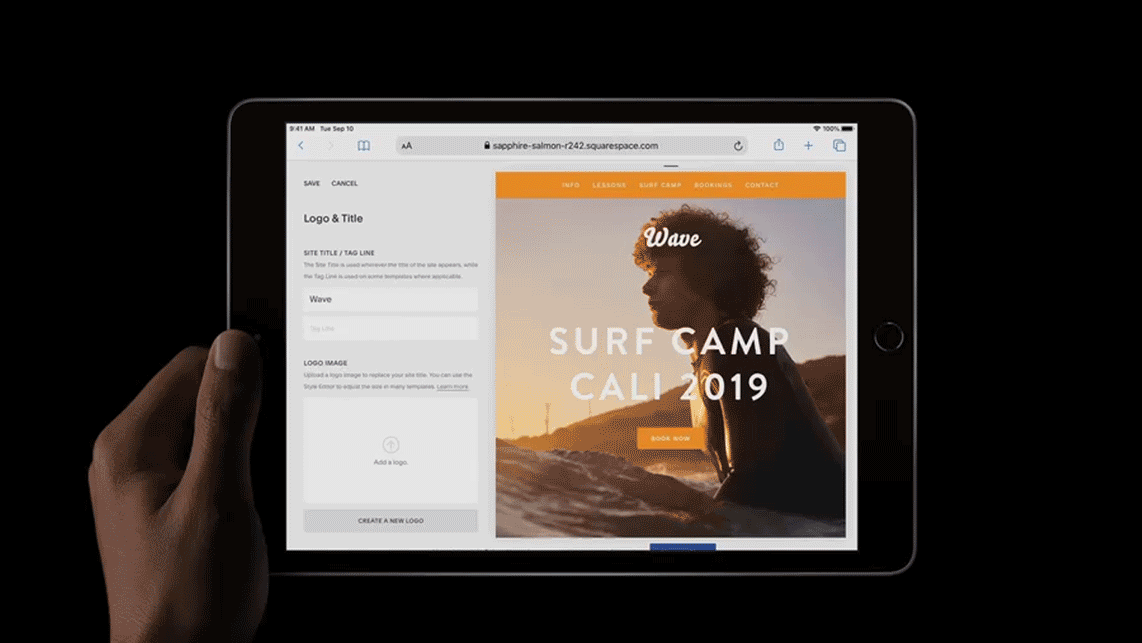
Of course, the new iPad comes out of the box running iPad OS 13, which enables the multitasking capabilities of the device. Apple executives reveled in the fact that the seventh-generation iPad has performance about twice that of the top-selling Windows PC – the Dell XPS 13 laptop.
What It Means
Apple sells a lot of iPads to schools and small businesses. They’re used worldwide for education, as display kiosks, for entertainment and even as cash registers. By continuing to add power and capability to the entry-level iPad while keeping the price static, Apple should make even more fans. As a laptop replacement, though, Apple should drop the price of the Smart Keyboard as it adds another $159 to the cost.
Services: Apple TV+ and Apple Arcade
Several services that were announced at WWDC 2019 were highlighted during the event. Apple Arcade and Apple TV+ are close to launch and both cost just $4.99 per month for a family subscription. Are you buying a new Apple product this fall, upgrading your iPhone or getting one of those new 10.2-inch iPads? Apple is going to give you a one-year free subscription to Apple TV+.

Apple Arcade is the company’s game subscription service for macOS, iOS,
A trio of games was highlighted during the event. Konami’s Benjamin Kinney showed off “Frogger in Toy Town”, a new take on the venerable amphibian game. While it was cute, it seemed targeted at really young players rather than hard-core gamers.
“Shinsekai: Into the Depths” from Capcom looked like a lot of fun. Taking place in an underwater world, the game pits a lone human survivor against the need to survive underwater and some pretty scary looking creatures. Capcom’s Peter Fabiano noted that all of the sounds for this game, including the music, was recorded underwater to enhance the reality.
While Annapurna Interactive’s “Sayonara Wild Hearts” appears to be targeting teenage girls, that’s not a bad thing. In fact, if it catches on in Apple Arcade it could easily attract a non-traditional audience (non-male) that is under-represented in gaming. Kelsey Hansen from Annapurna Interactive described it as a “playable music video”, and that’s an apt description.
Unlike past service launches, Apple is making Apple Arcade available in over 150 countries. You can sign up for a one-month free trial to see if the service works for you.

Apple TV+ launches on November 1 with its lineup of new shows. The company announced that the trailer for “The Morning Show” (featuring Jennifer Aniston, Reese Witherspoon, Steve Carell and other stars) was the most-watched trailer for a television show in history. Obviously, there’s a lot of interest in Apple’s original content.
The trailer for a new Jason Momoa vehicle, “See”, had a premiere at the event. It’s about a future world where a virus has made everyone blind, until a new generation can suddenly see. The trailer was well-received, to say the least.
New shows are to be added to Apple TV+ each month, and the “network” is going live in over 100 countries at launch.
What It Means
To be honest with you, I was pleasantly surprised by Apple’s pricing for these two services. $4.99 each a month for a family subscription is extremely reasonable, although it remains to be seen just how good Apple’s original video programming will be.
Likewise, will those 100+ games in Apple Arcade be good enough to attract hardcore gamers? All it takes is one title that can capture the imagination of a large number of players, and Apple can get millions to sign up for Apple Arcade at $4.99 a month
Given the company’s growing success in the services business, that pricing must be enough to ensure Apple a healthy profit. Apple also reminds potential subscribers that if they have an Apple Card, they’ll get 3% of their subscription fee back in Daily Cash. Notice the synergy between these services? Hopefully, Wall Street will.

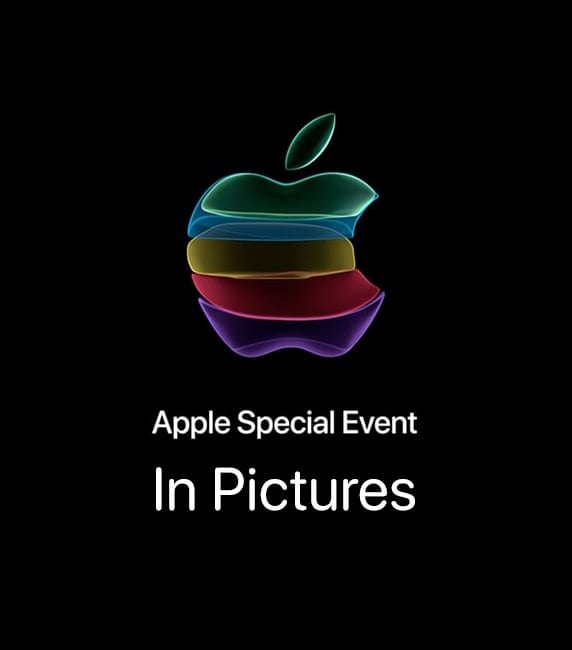
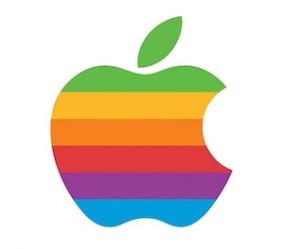

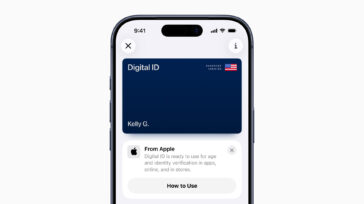
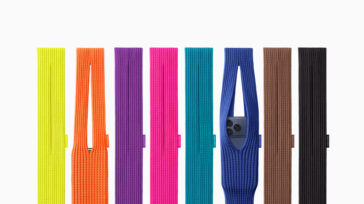

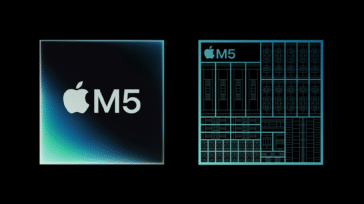


Typo: “Apple TV has over 100 exclusive games”
Good catch, Steve – it has been updated!